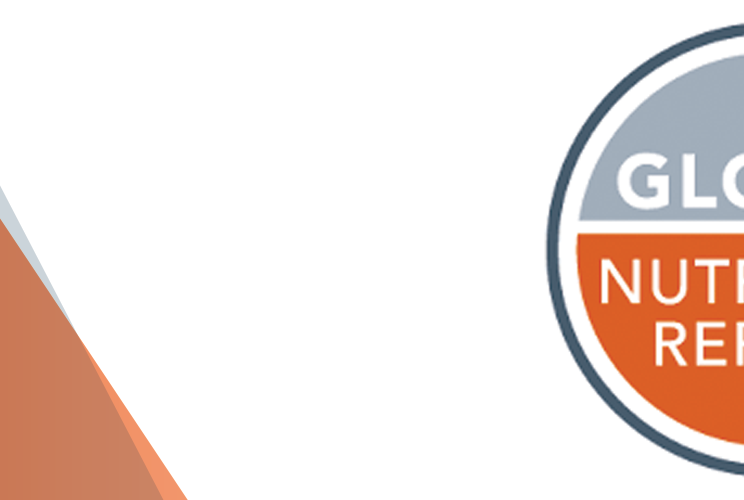The socio-economic added value of sports and physical activity in detail
If 10% of the people who do not meet the exercise guidelines start doing so, this could generate an annual value of around €1.28 billion for the Netherlands. This is according to our research on the socio-economic value of sports and exercise, which we carried out on behalf of the Kenniscentrum Sport & Bewegen. The study is a follow-up to our research on the societal added value of sports and exercise that we conducted in 2017 on behalf of the (then) Kenniscentrum Sport.
The study divided the found effects of sports and exercise into three main groups: health, social and work.
Effects health
Sports and exercise have a positive effect on health. When a person meets the exercise guidelines, he or she has less chance of various physical and psychological conditions such as obesity, cardiovascular diseases, colon and breast cancer and depression. This ultimately leads to an increase in quality of life and higher life expectancy. However, sports and exercise do not only have a positive effect on health. In fact, the risk of injuries increases as a result of more sports and exercise. Nevertheless, there is a net saving in healthcare costs. This is because the decrease is greater than the increase.
Effects socially
Besides positive health effects, sports and exercise also have positive social effects. For instance, structural sports and exercise contribute to personal development and skills, meeting other people and seem to prevent boredom and confirm positive norms & values. Sport also leads to fewer school dropouts and better learning performance. However, these effects are highly dependent on the social context in which sports and physical activity takes place.
Labour effects
Finally, sports and exercise have a positive effect on labour participation and productivity. This is mainly due to the positive effects on health. This leads to less absenteeism, but also to higher productivity during utilised working time. Due to injuries, sports and exercise can also actually lead to more absenteeism. However, the decrease in absenteeism is greater than the increase. Furthermore, sports and exercise contribute to the development of personal attributes and skills. In the longer term, this can lead to a better position in the labour market.
Sports and exercise make money
The aforementioned positive health effects, social effects and labour effects produce money. The value of sports and physical activity is estimated at €35,000 – €75,000 for people aged 5-24 and people aged 25-55. The estimated value is lower for people over 55, at €12,500 – €25,000. This is because this group of people has fewer years to cash in on the positive value. Moreover, part of this group is no longer working, so the positive employment effects are lower. A brief financial rationale is available in an infographic from the Sport & Exercise Knowledge Centre.
Curious about all research results? Then read the full research report (in Dutch) on the website of the Sports & Exercise Knowledge Centre.

29 September 2021
2 minute read
Sectors
Key Experts
Niels Peters
Consultant



